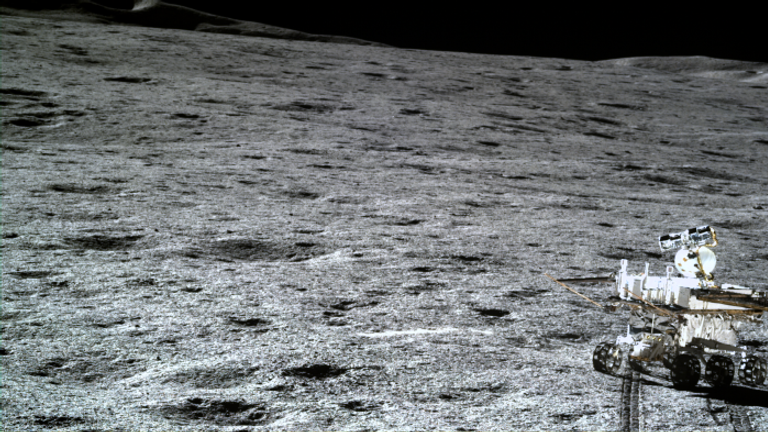The far side of the moon is rugged and mysterious.
Always hidden from Earth, it wasn’t until the space probe Luna 3 took the first pictures in 1959 that we got to see its mountains and deep craters.
And 65 years on, we still don’t know much about it.
That’s why China’s Chang’e 6 mission is so exciting. It aims to visit the same area near the south pole visited by its predecessor Chang’e 4 in 2019.
But this time the goal is to bring back a sample of the lunar surface, the first from the far side.
The intended destination is the Aitken basin, a 2,500km-wide impact crater, one of the oldest in the solar system.
It’s so big there are smaller craters within it, a time capsule of asteroid activity going back billions of years.
Finding mission
Scientists will hope to work out how long ago the craters were formed. According to one theory, the inner solar system was battered by wave after wave of asteroids just under 4 million years ago.
But if the Aitken basin is older, it would cast doubt on the ‘heavy bombardment’ theory.
The lunar sample could reveal more about the volcanic activity on the far side, which is thought to have been on a smaller scale and stopped sooner than on the face of the moon we see.
And it might, by chance, contain a bit of material that originates from deep within the moon, brought to the surface by an ancient eruption. That would be scientific gold.
Aside from the science, China is searching for traces of water.
The chequered flag of Space Race 2
An abundant source of ice in the deeply shadowed south pole craters would help sustain a human base on the moon, providing hydration, oxygen and the ingredients for rocket fuel.
Other nations – and private companies – are all heading south too. It’s the chequered flag of space race 2.0.
This time, the race isn’t about a cold war, it’s competition for resources. Water now, minerals in future.
The moon was overlooked for decades as space agencies gazed deeper into the solar system. Now it’s the place to be.

